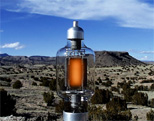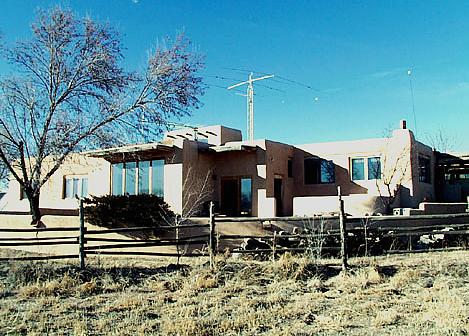 |
— TALES
OF TWO TRANSMITTERS — RESCUES OF CLASSIC BROADCAST RIGS |
Introduction
There's something
delightful about
saving these beasts from becoming scrap metal. Parting them out is one
thing, while hearing them return to the air doing new service cutting
through the QRM with powerful audio again is even better. After they
are moved into their new home, our imagination is stimulated from the
lingering smell of overheated insulation, solder flux, and the sight of
pencil marks, cigarette burns and coffee stains on their tattered
schematics. We reminesce about the thousands of hours of
music and talk that eminated from them, probably with some long nights
spent trying to keep them on the air, along with occasional lightning
strikes trying to knock them off, with curses from station management
about the cost of fresh tubes. The spectacle of glowing, pulsating
tubes in the front window provided wonderment to young technicians and
engineers who came into the business. There are still some big box kW
rigs out there, probably keeping long hours providing a voice to many
people. Their replacements have no soul, coming in cabinets no taller
than a personal computer. Their silicon power devices, while efficient,
lack the warmth and excitement of glass tubes. The new transmitters
don't impress us with their compactness, lacking the authoritative
klunk of a main contactor closing before the meters read upscale.
Preserving these big transmitters for another generation is a very
satisfying endeavor. The tasks of planning space for them,
hauling them, cleaning and restoring them, converting them to the lower
HF bands, adding PTT, setting up audio chains and beefing up antennas
and feedlines all add to the excitement of operating AM - beyond what
the average desktop ham transmitter of yesteryear does.
The two transmitters that I relocated are representative of state-of-the-art for 1973 and 1980, respectively. Both are capable of modulating up to 125% positive, and out to 10 KHz audio response. The plate modulated model has 6 tubes, and the pulse width modulated has only 3. Power consumption is 3850 watts for the former and 3500 for the latter, at full modulation with 1 kW carrier. Both weigh approximately 770 pounds, considerably lighter (!) than the previous generation. What follows is a description of each move, with some technical details about the transmitters. As work progresses, these pages may be updated.
John, K5PRO
The two transmitters that I relocated are representative of state-of-the-art for 1973 and 1980, respectively. Both are capable of modulating up to 125% positive, and out to 10 KHz audio response. The plate modulated model has 6 tubes, and the pulse width modulated has only 3. Power consumption is 3850 watts for the former and 3500 for the latter, at full modulation with 1 kW carrier. Both weigh approximately 770 pounds, considerably lighter (!) than the previous generation. What follows is a description of each move, with some technical details about the transmitters. As work progresses, these pages may be updated.
John, K5PRO

Both transmitters have been relocated to El Rancho, Sante Fe County, New Mexico
DISCLAIMER: Working on large transmitters similar to these can be hazardous to your health, from death by electrocution, to RF burns, to smashed fingers and toes, to back injuries and hernias. I almost forgot, you better have a good reason ("story") to haul them in, for your XYL. I built a separate garage/workshop in 2006, to be able to deal with this - part of the "plan" was to remove one transmitter (the 314R1) from the house. The author cannot be held liable nor is responsible for deaths, injuries, lawsuits, or divorces that may result from following the advice herein.
Page 1 — Continental Electronics 314R1
Page 2 — Harris/Gates BC1H1
| Visitors: |